12 Things I Wish I Knew Before My Alaskan Summer Trip
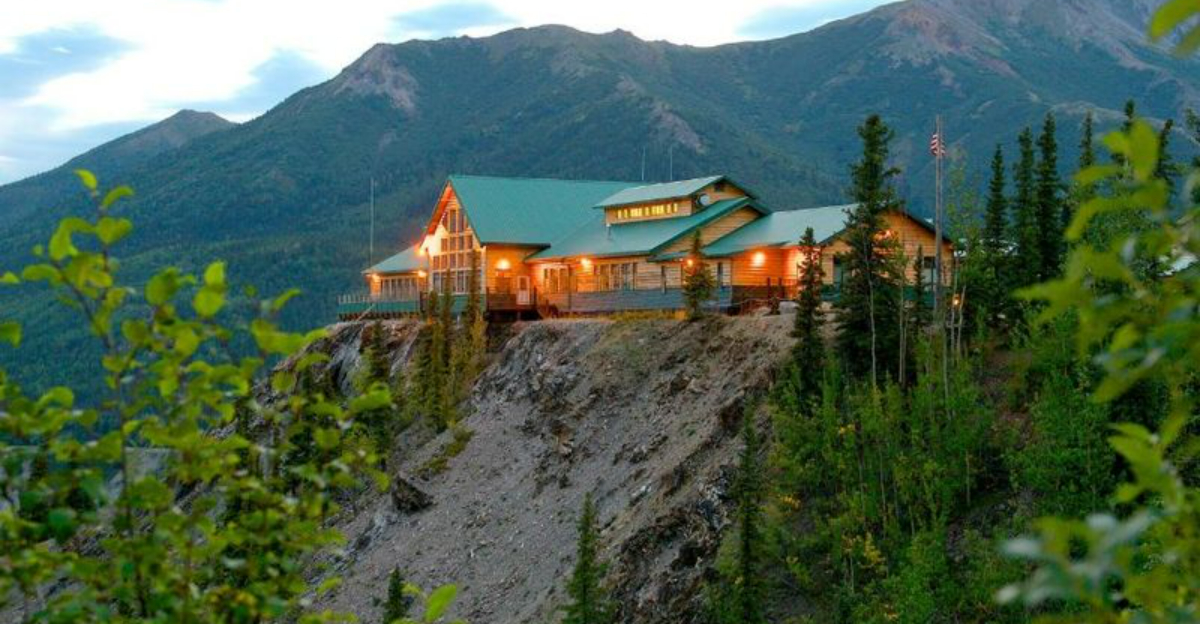
Alaska’s summer wonderland caught me completely off guard with its breathtaking landscapes and wild unpredictability. My three-week adventure through the Last Frontier taught me lessons no guidebook could fully prepare me for.
Whether you’re planning to hike glaciers, spot wildlife, or explore charming coastal towns, these insights from my experience will help make your Alaskan summer adventure smoother and more enjoyable.
1. The Sun Never Really Sets
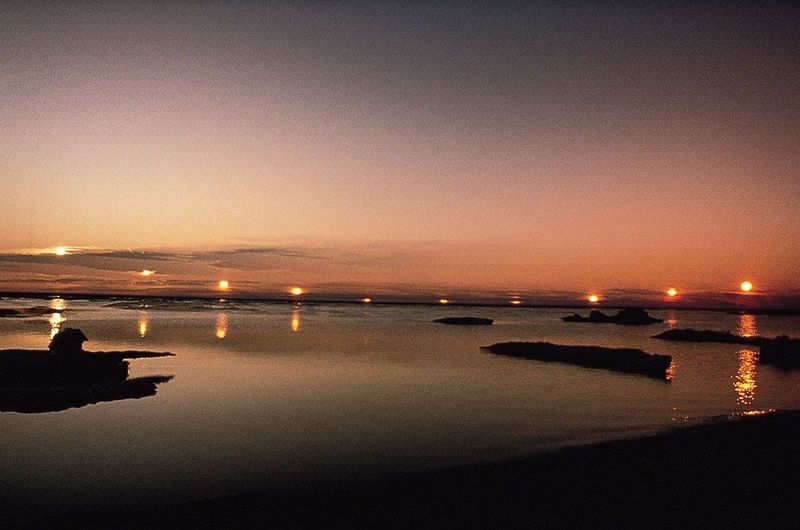
During summer in Alaska, daylight stretches for nearly 24 hours, especially in northern regions. My first night, I found myself wide awake at 2 AM with sunshine streaming through my window.
Bring a sleep mask and blackout curtains if your accommodations don’t provide them. Your body’s natural rhythm gets completely confused when the sun barely sets, making proper rest challenging after exciting days of exploration.
I started calling it the “midnight sun madness” – that strange energy boost you get when your body refuses to recognize bedtime despite a full day of hiking.
2. Layering Is Your Best Friend
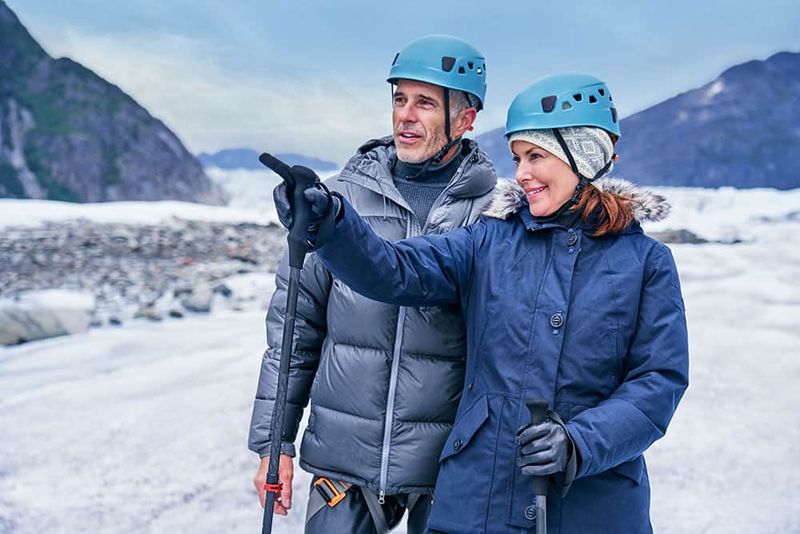
My suitcase wasn’t prepared for Alaska’s dramatic temperature swings. Morning might start at 45°F, climb to 75°F by afternoon, then plummet again with evening rain.
Smart travelers pack thin, moisture-wicking layers rather than bulky clothes. A waterproof outer shell, fleece mid-layer, and moisture-wicking base layers became my daily uniform. Even in summer, gloves and a beanie for glacier excursions proved essential.
One sunny morning near Denali, I stripped from four layers to a t-shirt and back again within six hours – a fashion show nobody prepared me for!
3. Bug Spray Is Non-Negotiable
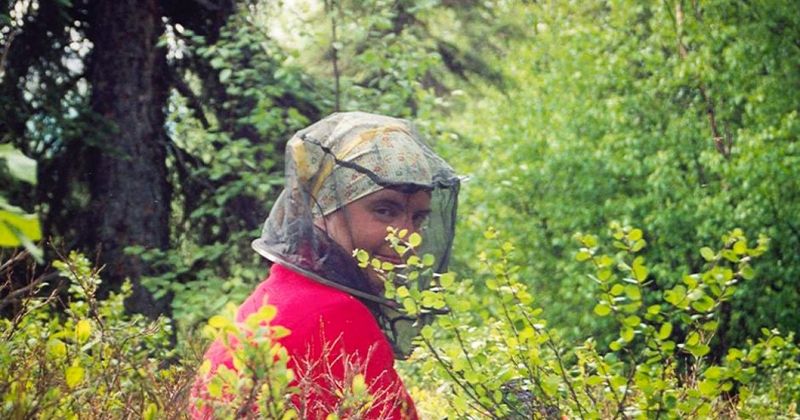
Alaska’s mosquitoes deserve their own warning label. Locals jokingly call them the state bird, but I didn’t fully appreciate this humor until I stepped out unprotected near a lake.
High-concentration DEET repellent (at least 30%) is absolutely necessary. Consider treating clothes with permethrin before your trip for added protection. Bug nets for your head might look silly, but they’re lifesavers on certain trails.
My most peaceful outdoor moments came after discovering this protection trinity – without it, I spent more time swatting than sightseeing during those gorgeous summer evenings.
4. Wildlife Viewing Requires Patience
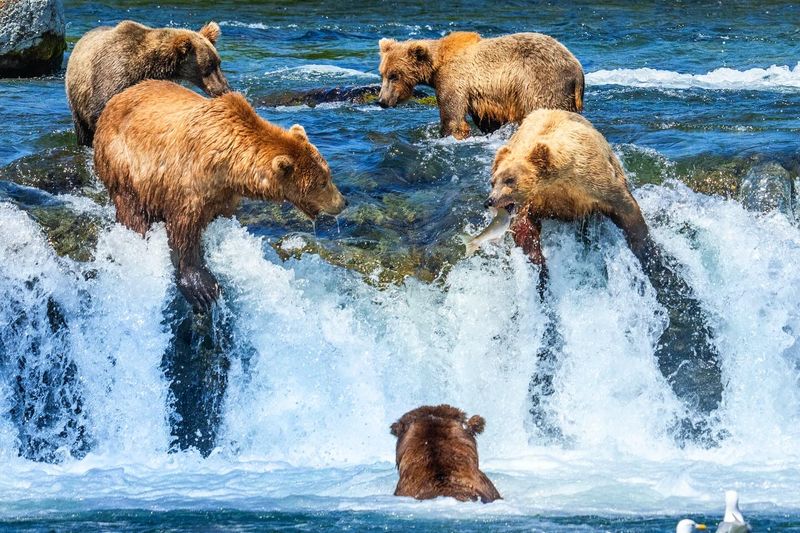
Despite Alaska’s abundant wildlife, animals don’t appear on schedule. My first three days yielded zero bear sightings despite visiting prime viewing areas, leaving me disappointed.
Patience eventually rewarded me with incredible encounters – a mother moose with her calf crossing a stream, sea otters floating on their backs, and yes, finally bears fishing for salmon. The secret? Sitting quietly in one spot rather than constantly moving.
Binoculars proved more valuable than my camera on many occasions. Wildlife often appears at distances where quality optics make all the difference between seeing fur blobs or magnificent creatures in detail.
5. Book Accommodations Far in Advance
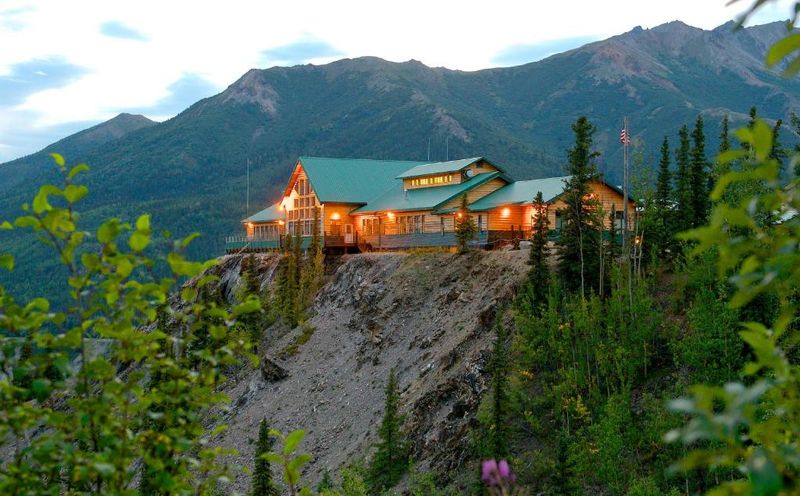
My spontaneous travel style backfired in Alaska. With a short summer season and limited lodging options in popular areas, last-minute bookings meant settling for overpriced rooms or lengthy detours.
Many of the best lodges and B&Bs in prime locations like Denali, Homer, and Seward book up 6-12 months in advance. This is especially true if you’re traveling during peak salmon runs or holiday weekends when locals also compete for rooms.
If your heart is set on specific experiences like bear viewing in Katmai or staying near Exit Glacier, planning ahead isn’t just helpful – it’s essential for securing those dream locations.
6. Rental Cars Cost a Fortune
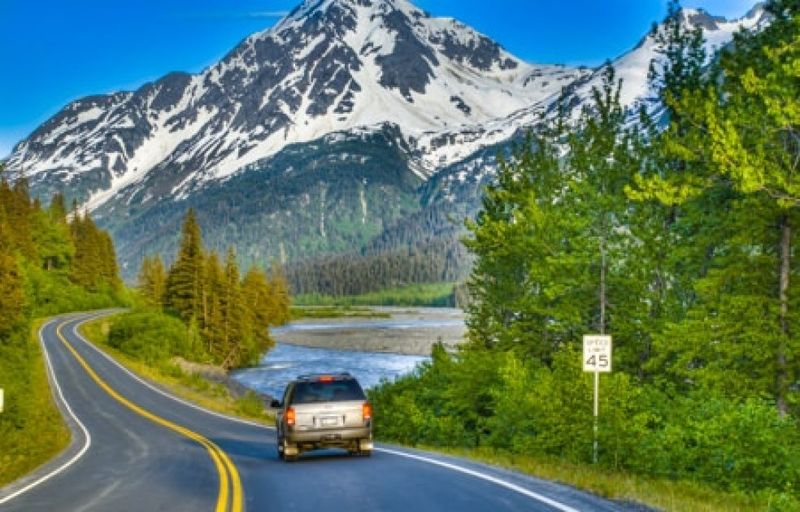
My jaw dropped when I saw rental car prices in Anchorage during summer – often three times what I’d pay in other states. The limited supply and high demand create premium pricing that budget calculators don’t prepare you for.
Consider booking your vehicle months ahead and look beyond major agencies. Local companies sometimes offer better rates, though their fleets may be older. For longer trips, the Alaska Railroad and shuttle services between major destinations can be cost-effective alternatives.
If you do rent, get a vehicle with decent clearance. Many of the most beautiful viewpoints require traveling unpaved roads that standard sedans struggle with.
7. Glacier Viewing From Land Beats Cruises

While cruise ships offer comfort, my most memorable glacier experiences happened on foot. Hiking to Exit Glacier’s edge or kayaking near Aialik Glacier provided intimacy with these ice giants that ship decks couldn’t match.
Land-based glacier adventures let you hear ice cracking, feel the cool microclimate, and sometimes witness dramatic calving up close. The Harding Icefield Trail and Matanuska Glacier walks offer accessible options for different fitness levels.
For my money, a small boat tour from Whittier or Seward strikes the perfect balance – close enough for amazing photos but without the crowds and fixed schedules of large cruise ships.
8. Cell Service Is Spotty at Best
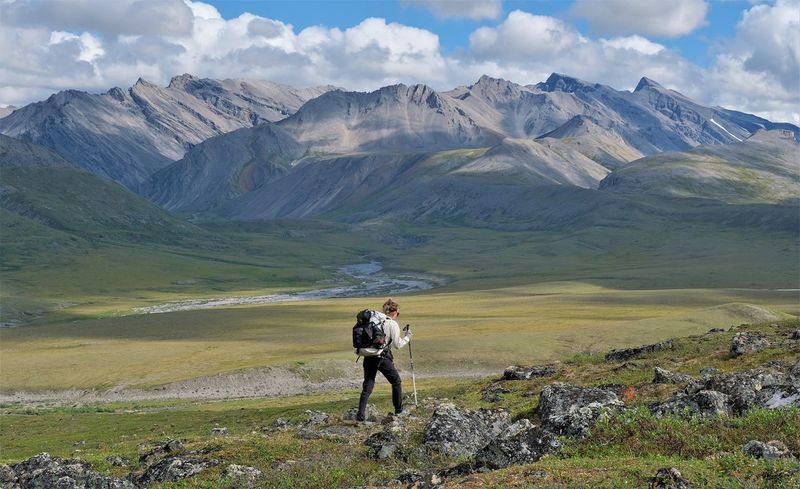
My smartphone became mostly a camera once I ventured beyond major towns. Alaska’s vast wilderness means cellular dead zones that can last for hours of driving or hiking.
Download offline maps, trail guides, and entertainment before leaving populated areas. Consider renting a satellite communicator for emergency contact if exploring remote regions. Many lodges offer wifi, but it’s often slow and unreliable compared to what you’re used to.
The digital detox turned out to be a blessing in disguise. Without constant notifications, I noticed more wildlife, connected better with travel companions, and felt more present in Alaska’s magnificent landscapes.
9. Seafood Prices Vary Dramatically by Location
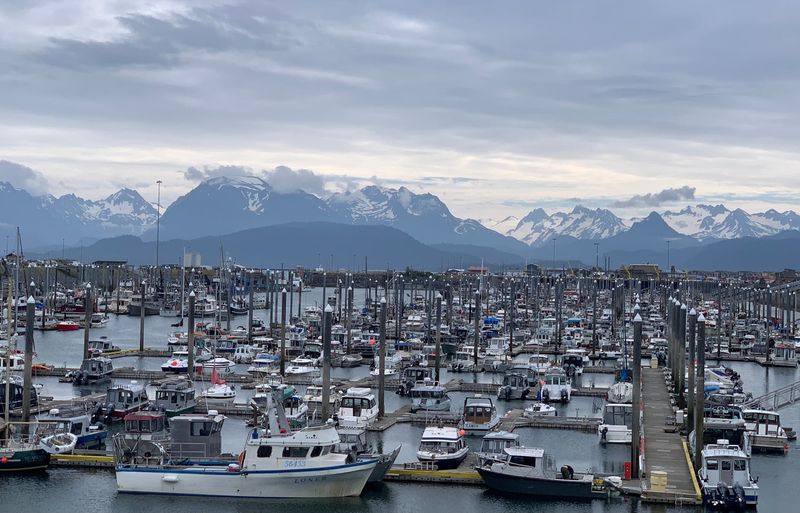
Fresh Alaskan seafood lived up to its reputation, but prices shocked me depending on where I dined. The same halibut dish that cost $28 in Homer (a fishing town) jumped to $42 in Anchorage and $56 in a Denali tourist restaurant.
Local fish markets and dockside eateries consistently offered better value than upscale restaurants. In coastal towns, “catch of the day” truly means caught that morning. Some of my best meals came from humble food trucks serving seafood just hours out of the ocean.
If you’re renting a place with a kitchen, buying directly from fishermen at harbors lets you enjoy premium seafood at a fraction of restaurant prices.
10. Rain Gear Trumps Umbrellas

My trusty travel umbrella became useless against Alaska’s sideways rain and gusty winds. Locals laughed when they saw me struggling with it during a typical summer shower in Ketchikan.
Quality waterproof (not water-resistant) jackets, pants, and footwear are absolute necessities, even during the “dry” summer months. Southeast Alaska can receive rain 220+ days per year, while even “drier” regions experience frequent showers.
The investment in proper rain gear pays dividends in comfort and enjoyment. Nothing ruins a majestic view or wildlife sighting faster than being soaked and miserable when the inevitable Alaskan shower arrives.
11. Distances Are Deceptively Vast
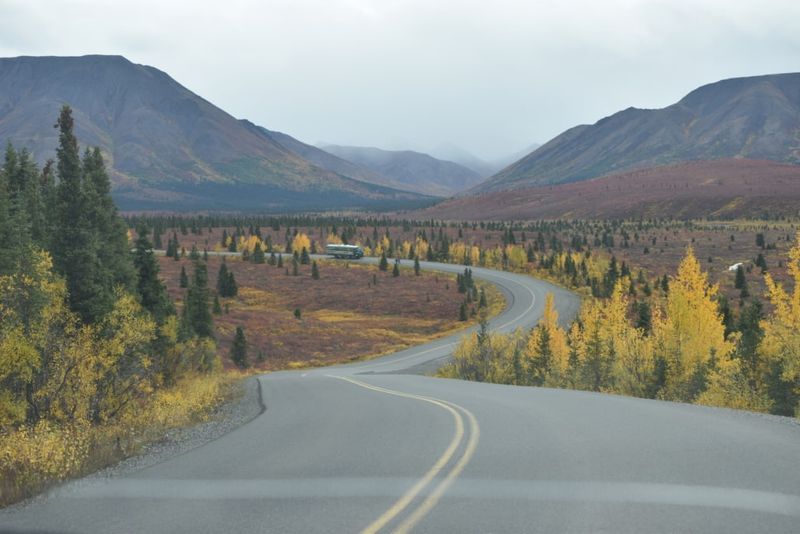
Map distances in Alaska severely underrepresented actual travel times. What looked like a quick 100-mile drive between destinations often took 3+ hours due to winding roads, construction delays, and frequent stops for incredible viewpoints.
Planning more than 4-5 hours of driving per day left me exhausted and rushing through places I wanted to explore. Wildlife on roadways – from moose to sheep – created memorable but time-consuming delays that no schedule could anticipate.
My revised strategy? Focusing on one region per trip section rather than crisscrossing the state. Fewer miles meant more time actually experiencing Alaska instead of just glimpsing it through car windows.
12. Small Towns Shut Down Early
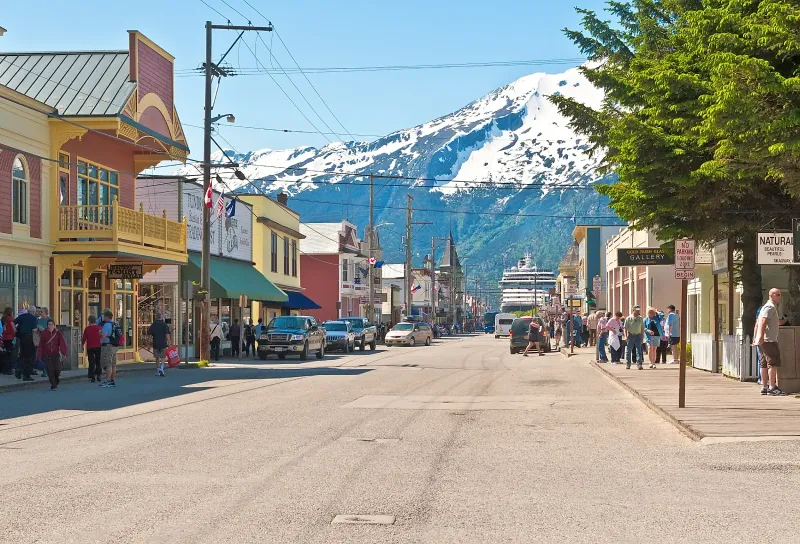
Despite the midnight sun, I found most small-town restaurants and shops closing surprisingly early – often by 8 PM even during peak tourist season. My plans for evening dining after full days of activities frequently met with locked doors and darkened windows.
Alaskans maintain surprisingly regular business hours despite extended daylight. The exception is bars and a handful of tourist restaurants in larger destinations. Grocery stores typically close by 10 PM, which caught me off-guard when planning to stock up for early morning excursions.
Keeping snacks and simple meal options on hand saved me from hunger when evening dining plans fell through in smaller communities like Talkeetna and Girdwood.
